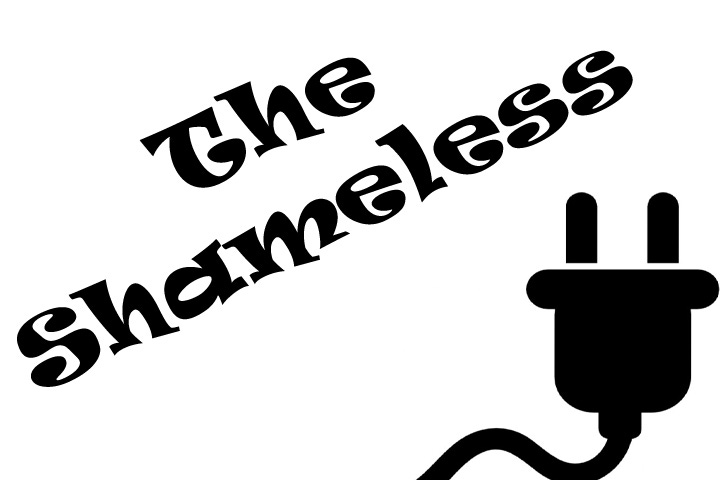How the Iroquois Confederation Shaped American Democracy
A group of Indigenous Nations have the oldest still-active democracy in the world.
Issue #115 Fun Friday, August 19, 2022
No ads or annoying popups ever! So instead, please see the important information at the bottom of this post. Thanks!
Many of us know that the Framers of the United States Constitution got many of their ideas from historical English Common Law and from European philosophers such as John Locke. However, there were no modern democracies in Europe that they could use as a model for the democracy they wanted to build.
There were, however, examples of democracy practiced for centuries right here on the continent that the indigenous nations had formed centuries before. The democratic government with which the colonists were most familiar was the Iroquois Confederacy, founded by the Great Peacemaker in 1142 CE.
The Iroquois Confederacy, which is also known as the Six Nations, originally consisted of five separate nations: the Mohawks, the Onondaga, the Cayuga, the Oneida, and the Seneca. In the 18th century, the Tuscarora nation joined the Confederacy. All of these lived in the Northeast region of North America, and their form of participatory democracy is the oldest living model still operating in the world.
In the Iroquois Confederacy, each nation maintained its own leadership, but all common causes would be decided in the Grand Council of Chiefs, under the Iroquois Confederacy Constitution.
In 1744, Canassatego, the leader of the Onondaga Nation, gave a speech that was later printed by Benjamin Franklin, encouraging the 13 colonies to unite. Canassatego used a metaphor that said that many arrows cannot be broken as easily as one arrow. That statement inspired the bundle of thirteen arrows being held by an eagle as part of the Great Seal of the United States.
In 1751, Benjamin Franklin, while calling the Natives “ignorant savages,” still advocated for the 13 colonies to form a “voluntary union” similar to the Iroquois Confederacy.
John Adams described the various forms of democratic Native governments in a 3-volume handbook he presented to the Constitutional Convention.
Franklin referenced the Iroquois model as he presented his Plan of Union at the Albany Congress in 1754, which was also attended by representatives of the Iroquois and the seven colonies. Franklin also invited the Great Council members of the Iroquois to address the Continental Congress in 1776.
In the ensuing decades, of course, the United States discriminated against the Native nations, attempting to destroy their civilizations and committing near genocide. Native Americans were the last group to be awarded United States citizenship in 1924 through the Indian Citizenship Act (ICA), and it wasn’t until 1957 that all states gave Native Americans the additional right to vote. The ICA was enacted partially in recognition of the thousands of Native Americans who served in the military during World War I.
Ironically, the Chiefs of the Onondaga Tribe of the Six Nations opposed the ICA because they felt that it was treason for the United States to force citizenship on all Indians without their consent. Additionally, according to the Iroquois, the ICA disregarded previous treaties between the Indian Tribes and the United States. As we now know, most of the treaties signed from the 18th century and onward were broken by officials of the U.S. government.
Because of the way American history has been taught, the influence of the Native nations on the formation of the government of the United States was all but erased.
Nevertheless, as the 1987 bicentennial of the ratification of the Constitution approached, interest in the Iroquois Confederacy renewed. Oren Lyons, a Faithkeeper for the Iroquois Confederacy, went to the Senate Select Committee on Indian Affairs to discuss the topic of the Iroquois influence on the American form of government.
In 1988, the late Senator Daniel Inoue (D-HI) helped to pass a Congressional resolution that formally acknowledged the influence of the Iroquois Confederacy on the United States Constitution. The resolution additionally acknowledged the legitimacy and sovereignty of the Native nations and governments.
What do you know and think about the role of the history of the 4th Amendment and how it’s being used today? Let us know in the comments!
How us to grow!
“We Are Speaking” is a reader-supported publication. To receive new posts and podcast episodes and to support our work, consider becoming a free or paid subscriber. We publish 7 days/week and 28+ issues/month. You. can upgrade your free subscription to the paid level. It costs monthly and annual paid subscribers less than 35¢ an issue. Thank you!

Thank you for checking out some of the books and businesses of the TeamOwens313 Global Creative Community:
Detroit Stories Quarterly (DSQ) Afro-futurism Magazine
The Mayonnaise Murders: a fantasy mystery novel by Keith A. Owens
The Global CREATIVE Community (GCC) Facebook Group for Independent Writers and Creative and Solo Professionals
The Global Creative Community Brand and Marketing Academy: Training and Coaching for Independent Writers and Creative and Solo Professionals
Pam’s Branding and Marketing Articles for Independent Writers and Creative and Solo Professionals on LinkedIn




